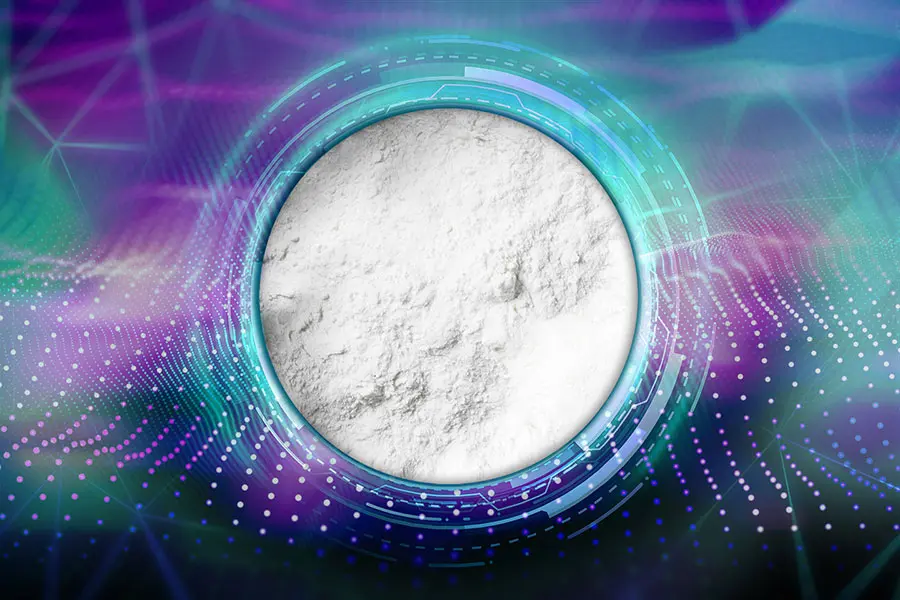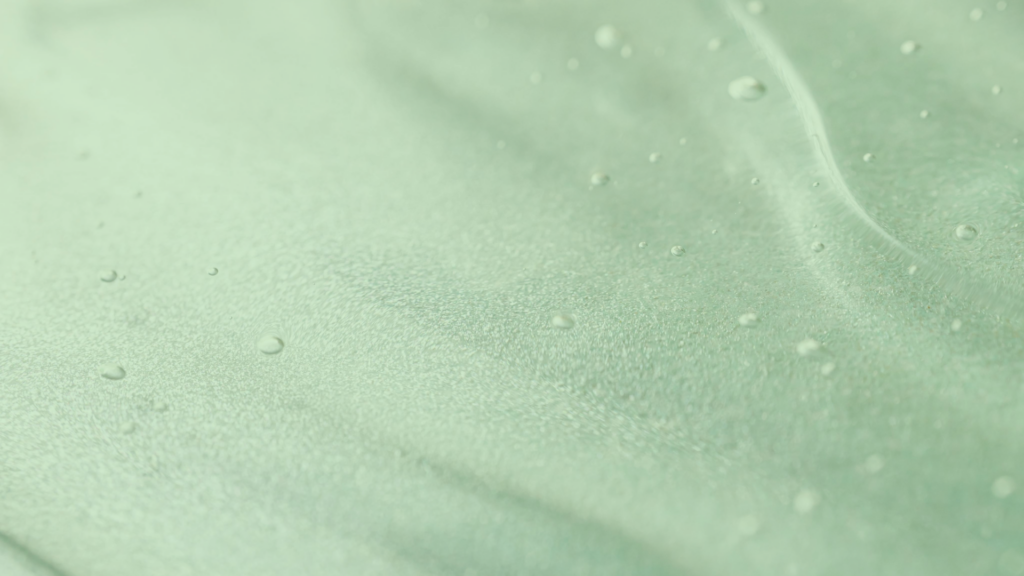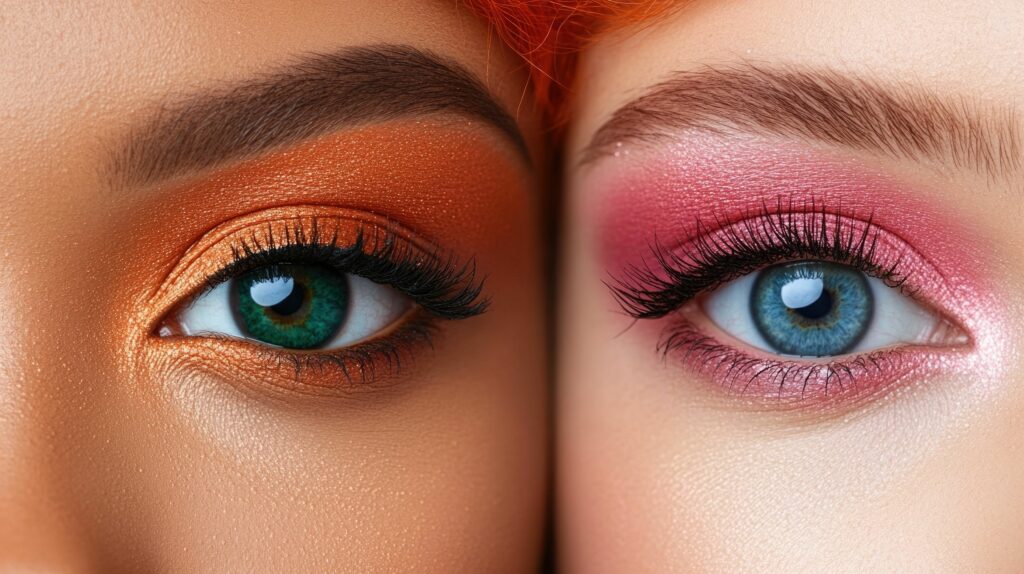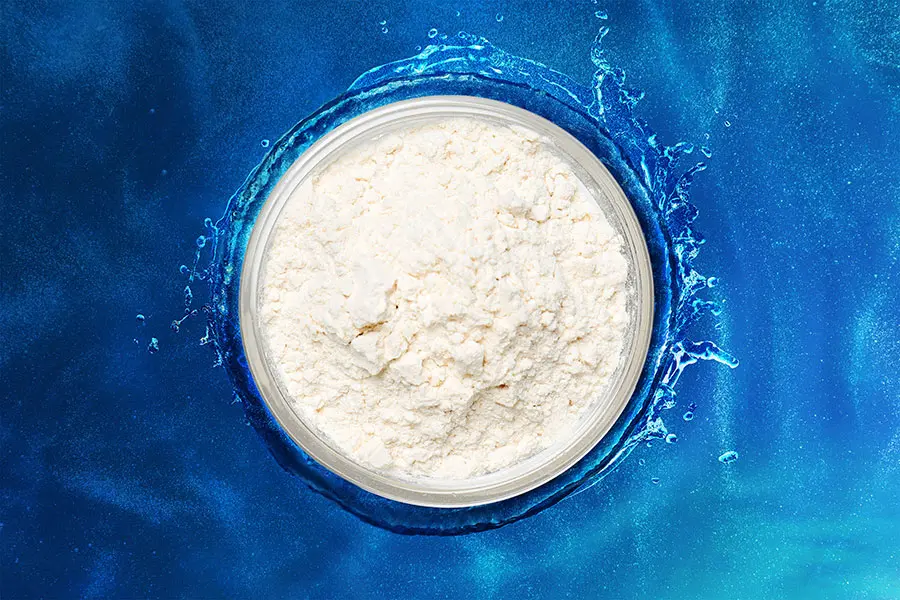The Challenge: Achieving a Soft Focus Effect Without Compromise
Creating a perfected yet natural-looking complexion has long been a core objective in cosmetic formulation. Consumers expect products that blur imperfections, minimize fine lines, and create a smooth, photo-ready finish. However, achieving this delicate balance isn’t as simple as it sounds. The soft-focus effect is a precise optical phenomenon—one that depends on how light interacts with the skin. If a formulation is too opaque, it masks the skin completely, leaving an unnatural, heavy finish. If it’s too transparent, imperfections remain visible, failing to deliver the refined, blurred effect that consumers desire.
Historically, formulators have relied on ingredients like microplastics (PMMA, nylon), talc, and silicones to manipulate light diffusion and improve texture. But as the industry shifts toward cleaner, more sustainable beauty, these traditional materials come with significant drawbacks:
- Microplastics provide effective diffusion but are now under scrutiny for their environmental impact, with bans emerging globally.
- Talc, while offering a soft, mattifying effect, raises safety concerns regarding purity and contamination risks.
- Silicones contribute to a smooth application but can leave a heavy residue, affecting the wearability and breathability of formulations.
The challenge for today’s formulators is clear: How do we maintain the high-performance soft-focus effect that consumers expect while eliminating outdated, unsustainable ingredients? This is where AGC Chemicals Americas RESIFA™ SOLESPHERE™ comes into play—a breakthrough in soft-focus technology that delivers exceptional optical diffusion, lightweight feel, and enhanced spreadability without compromising sustainability.
The Science of Soft Focus
Soft focus in cosmetics isn’t magic—it’s physics. When light encounters the skin, it can either be absorbed, reflected, or diffused. The secret to a blurring effect lies in the last two interactions: controlling the diffusion and transmission of light.
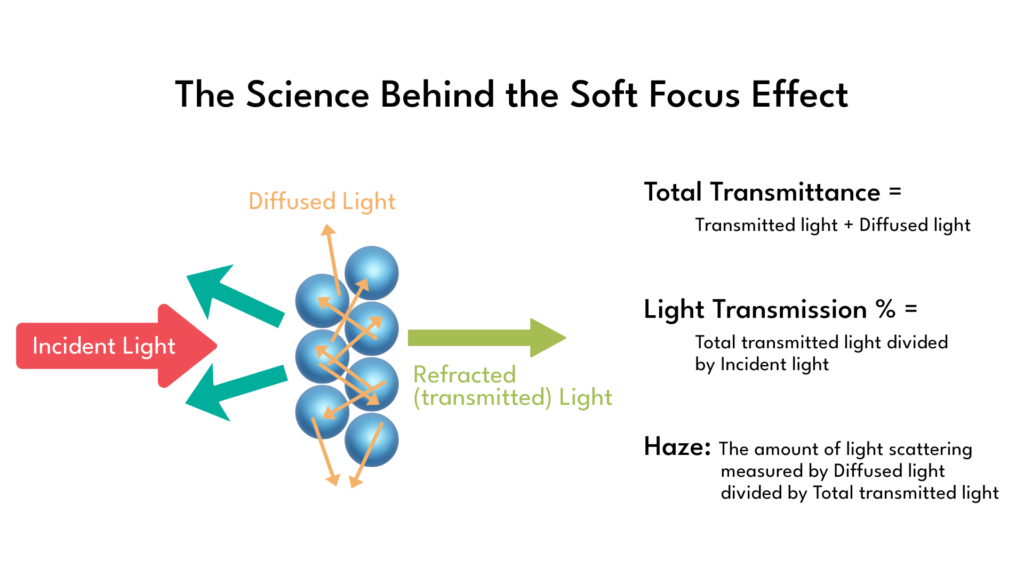
SOLESPHERE™ functions through precise manipulation of light scattering. By adjusting particle size and porosity, SOLESPHERE™ enhances both haze (scattered light) and total transmittance (transmitted light) to reduce the visibility of fine lines and imperfections. This effect creates a naturally smoothed skin appearance without masking the skin’s inherent texture—delivering an elegant, real-skin finish.
The Competitive Advantage of SOLESPHERE™
Unlike traditional soft-focus agents, SOLESPHERE™ offers a unique set of advantages for both formulators and end consumers:
Proof in the Numbers: Performance vs. Market Alternatives
Laboratory measurements comparing SOLESPHERE™ with PMMA, nylon, and silicones reveal its superior ability to scatter light effectively while maintaining high transmittance. The H-121 and H-53 grades show the highest haze-to-transmittance ratio, making them ideal candidates for anti-aging and complexion-enhancing formulations.
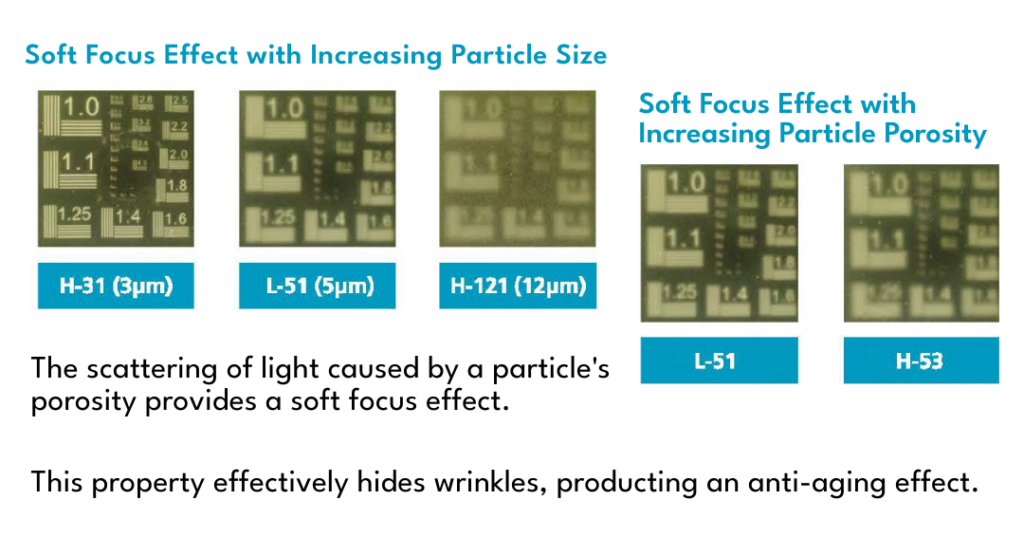
Smarter Soft Focus for a Modern Industry
The formulation landscape is evolving, and consumers expect advanced performance without outdated trade-offs. SOLESPHERE™ is a scientifically engineered solution that meets this demand head-on—delivering next-generation soft-focus benefits while aligning with the industry’s commitment to cleaner, high-performance beauty.
For formulators seeking to enhance skin-perfecting effects without compromising sustainability, safety, or aesthetics, SOLESPHERE™ represents a significant advancement. Because in cosmetics, just like in science, progress is about understanding the rules of nature and using them to our advantage.






